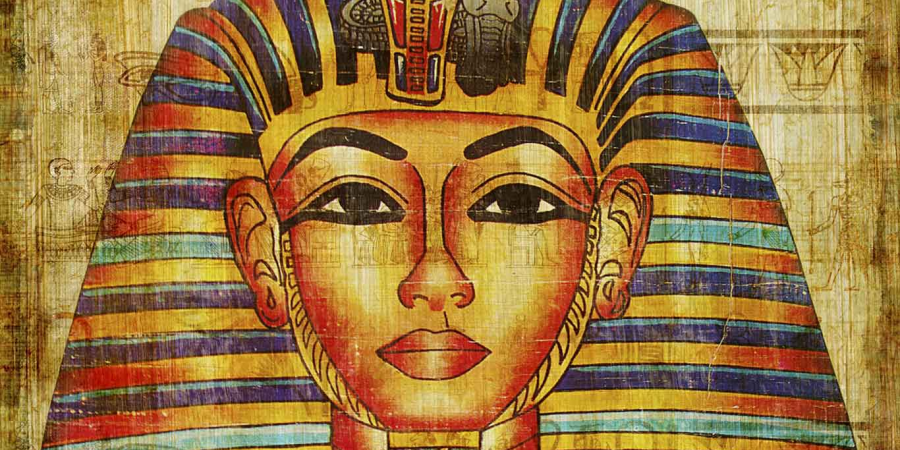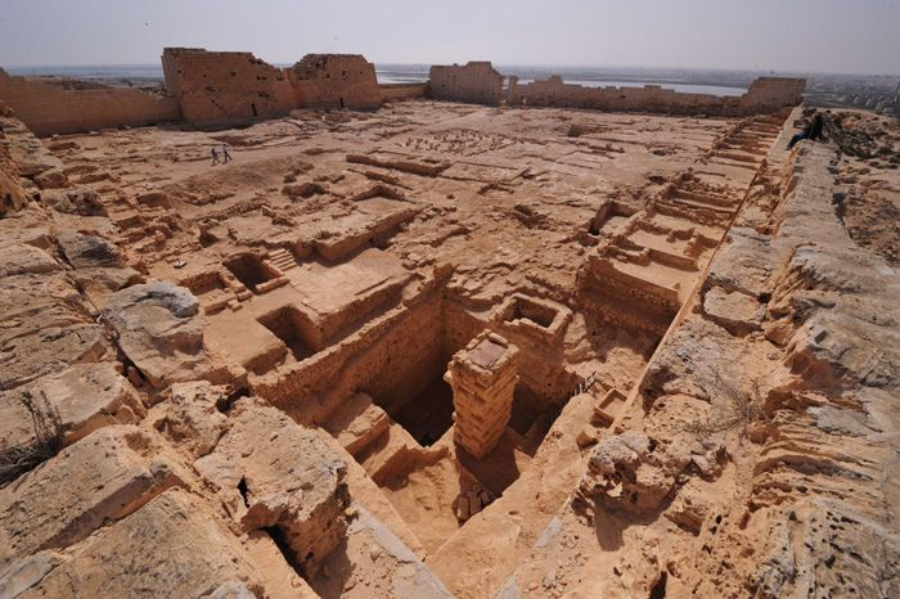

Are you aware of the most brilliant beauty and acme of intellectual power? None other than “The Egyptian queen Cleopatra”.
Let us briefly examine the intriguing and enigmatic life of Cleopatra before delving into the mysteries surrounding her tomb.
Ptolemy XII Auletes, the Egyptian ruler, gave birth to Cleopatra. She found herself embroiled in a dispute about who of Ptolemy XII's children should be in charge of Egypt following the death of her father. She and the younger Ptolemy XIII shared authority at initially, but as they established groups to support their rise to power, civil war quickly ensued. Cleopatra came to understand that in order to reclaim her kingdom, she would require the backing of the Romans—more precisely, Caesar's support.
Caesar and Cleopatra started dating, and he promised to stand by her side. However, their friendship continued until his assassination on March Ides in 44 B.C. by Senate rivals. However, Cleopatra and Rome's connection was far from ended. The married Antony moved to Alexandria to be with her after she started a love affair. However, the reasons for both of their demise were Antony's obsession with Cleopatra and the alleged excesses of their lives in the Egyptian capital.
There is no evidence to support the legend that Cleopatra killed herself with the aid of an asp, a deadly viper.
Where is the tomb of Cleopatra now?
The question "What Was Discovered While Searching for Cleopatra's Tomb in Egypt?" will then be posed.
After reducing the number of possible locations for Cleopatra's tomb, Dr. Martinez has come to the conclusion that it is most likely in the Taposiris Magna temple, which means "great tomb of Osiris."
Dr. Martinez made the decision to dig the entire temple because he was devoted to the cause.

A plate bearing the words "The King of high and low Egypt Ptolemy V lives forever beloved by Isis, son of Ptolemy IV King of high and low Egypt, and his wife, Arsenoe III, both benevolent Gods, consecrated this temple to the mother Isis" was also found by Dr. Martinez and her team during their work in Egypt. Furthermore, the team discovered coins with the image of Queen Cleopatra on one side and her name on the other.
Despite the fact that no ancient Egyptian map mentioned the temple, this was unmistakable evidence that it was constructed for the goddess. She thought the second temple would be in the sea after finding the first.
She reasoned that since Alexandria was under water, the second temple probably was too.
With more investigation and permission from the community, she started exploring the flooded Alexandria. The research team discovered basalt, the same substance used to make the statues in the first temple, and three-meter-tall structures that did not resemble anything that would naturally develop beneath the water, proving the structures were man-made. Over five more sites of interest were found, some of which are up to 10 kilometers offshore, and are prepared for further excavation during the team's upcoming permission season.
